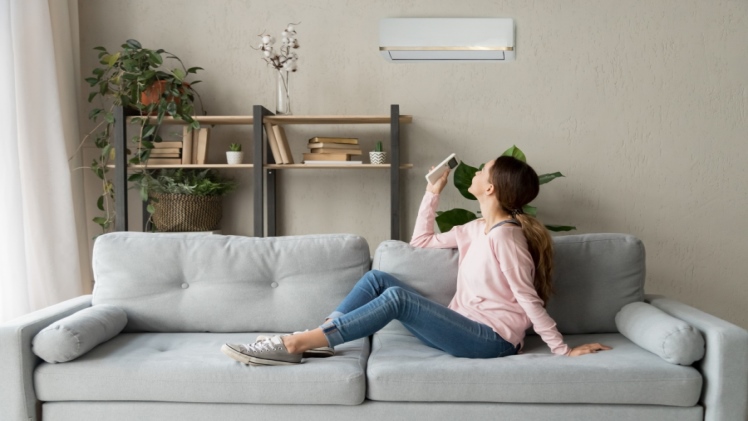The electric heating and cooling system are called heat pumps to compress and decompresses gas to cool or heat a home. This mechanical mechanism, which can also extract heat from the water and the soil, pumps heat from a warmer to a cooler place. Heat pumps serve as an electric heater in the winter and an air conditioning system in the summer, combining cooling and heating equipment into one. A heat pump’s efficiency is determined by its coefficient of performance (COP), which computes the ratio of heat production to electric power consumption.
A creative electric heating system
In temperate temperatures, heat pumps provide the most creative type of electric heating since they successfully move heat from within a home outdoors to chill it. You may install three different kinds of heat pumps: air-to-air, water-source, and ground-source. Heat pumps may use heat collected from the air, water, or earth to warm or cool your house. One should think about adopting a power heat pump system while installing one at home, considering the local environment.
For example, ground supply or geothermal heat pumps have been effective in regions with comparable heating and cooling requirements, while air source heat pumps have been an excellent choice for locations with mild and moderate temperatures. Air and ground-source heat pumps are the two most popular types of heat pumps. Ground-source heat pumps are much more effective and quiet, although costing more to install.
Correct installation is imperative
Heat pumps must be installed correctly and the appropriate size pump must be selected for them to effectively meet the home’s heating and cooling needs. One should choose a heat pump with a greater Heating Seasonal Performance Factor, or HSPF while making their purchase. Demand-defrost control, which minimizes defrost cycles and lowers the consumption of supplemental and heat pump energy, should also be installed on the pumps.
Heat pumps are far more affordable than other types of traditional heating systems, and they are also being utilized to heat pools and provide hot water for domestic usage.
What effects do geothermal heat pumps have on the environment?
Since the materials were created to be recyclable and non-toxic in external sources, they have a highly favorable influence on the environment, creating fewer greenhouse emissions. The refrigerant system employs a kind of refrigerant that contributes to the ozone layer being destroyed, which is a drawback. This refrigerant, chlorodifluoromethane, is safe when used correctly but can disrupt the ozone layer if there are leaks. But don’t worry, this item has been phased out and will be replaced by one that is safer for the environment.

